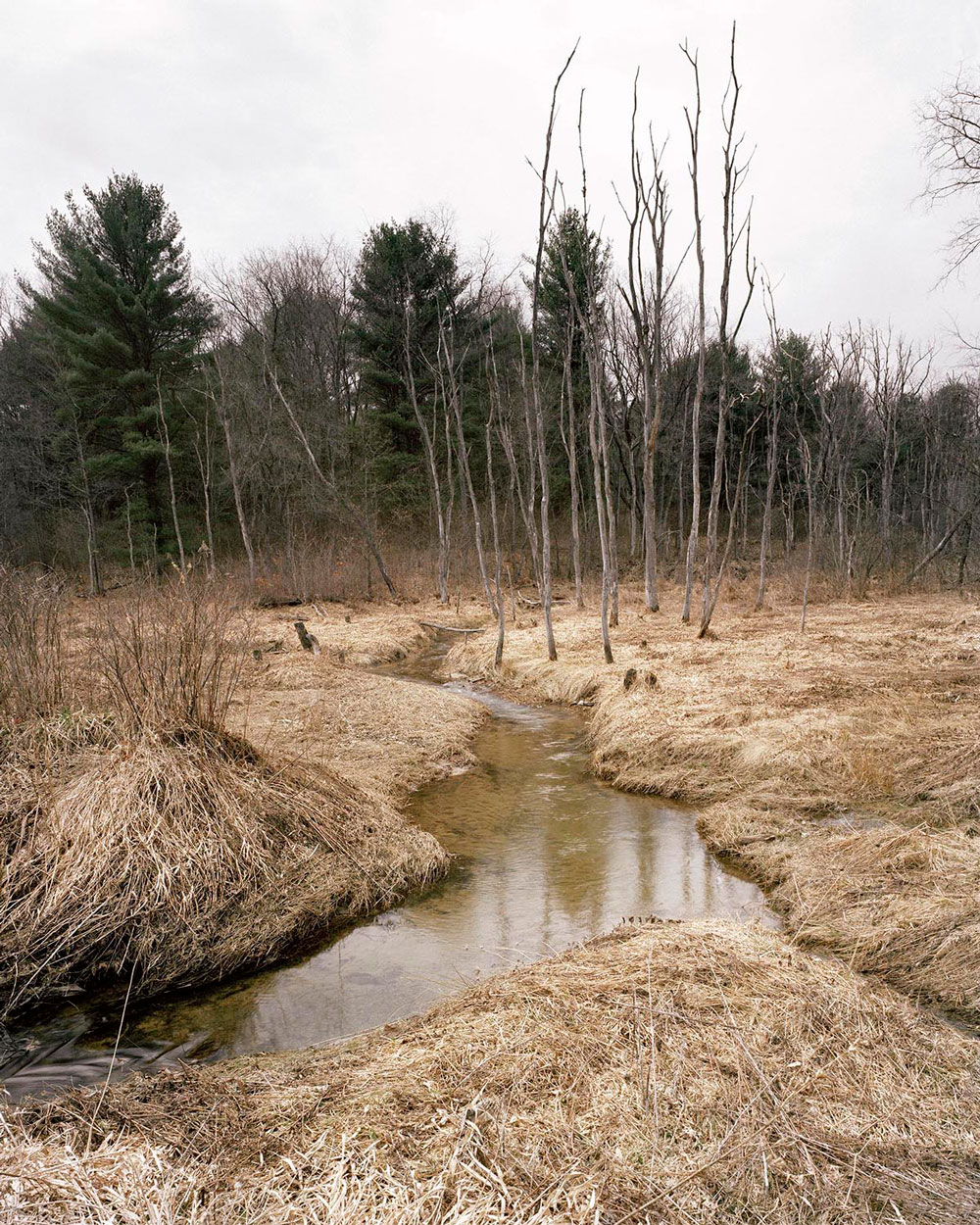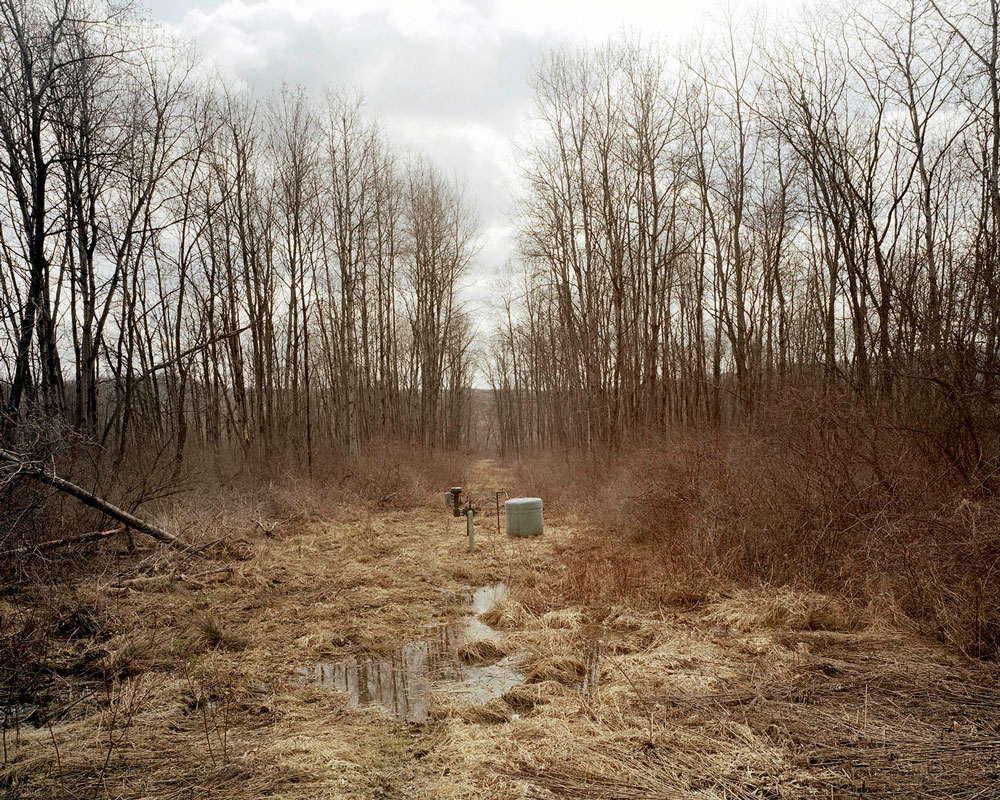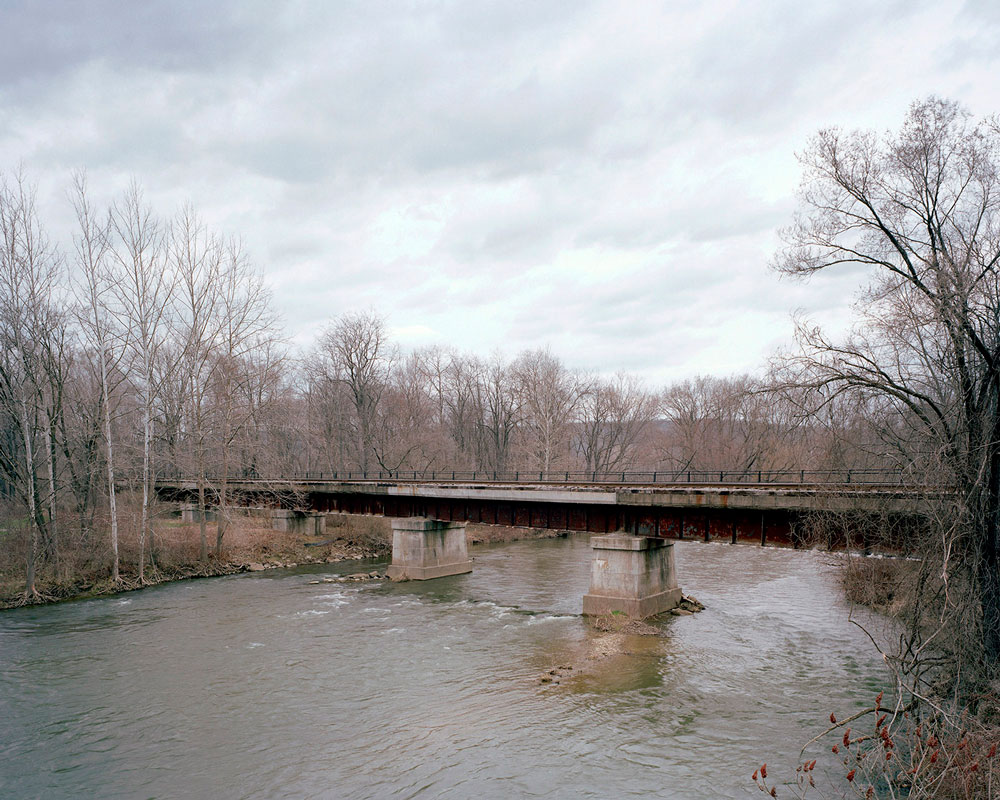Hydrocarbons. Arguably our planets most valuable commodity, produced by millions of years worth of organic matter fermenting under a combination of extreme heat and pressure deep beneath the surface of the earth. The result a thick black liquid, known today as crude oil.
In the early 1800’s, in Northern Pennsylvania after the emergence of stories of this black liquid seeping from the ground, the then fledgling Seneca Oil Company sent Colonel Edwin Drake to the area in search of this elusive substance. Drake, a retired railroad worker from New York, selected only because he had a free rail pass was tasked with pioneering a reliable method of extracting this liquid in the hope it could be used for lighting homes. Drake accepted the task and set about finding a solution as quickly as possible. But of course, it was never going t be that easy.
Obstacle after obstacle thwarted Drake’s attempts, from collapsed drilling wells, impenetrable bedrock and abandonment by the very company who sent him on the search in the first place. After painfully slow and seemingly unproductive progress was being made, many of the areas residents would gather to mock and jeer the site of operation, dubbing it “Drake’s Folly” but after much ridicule, on the 27th of August 1859 in Titusville, Pennsylvania and at a depth of 69.5 feet, Drake’s drill made its first full extraction from deep under the bedrock. Unbeknown to him, Drake’s drilling method would not only establish the modern petroleum industry but enable America and the rest of the world to kick-start an industrial revolution never seen before and radically transform the evolution of human civilisation.
As news quickly spread of this lucrative new market, Titusville experienced a boom as has only been seen during the early gold rush in the west. In the space of a few years, the population swelled from a few hundred to over 8,000 people. Scores of entrepreneurs swarmed into Titusville and almost over night, townships were named. Oil City, Franklin and Pithole sprang up, teeming with prospectors hoping to make their fortune. At its peak, the Pennsylvanian oil industry supplied well over half of the world’s oil supply before the discovery of vast oil reserves in Texas and the world over.
Today it is particularly striking that the valleys and forests, once stripped bare and exploited by the industry, have now been reclaimed by nature. The area is now teeming with wildlife. Flora and fauna are slowly erasing the remnants of pipelines, rusted machinery and abandoned wells. This is a true testament to the incredible regenerative power of nature and its ability to heal itself over time. Today, retracing the steps of the early oil industry, it is hard to imagine the massive feat of human endeavour that took place over 150 years ago.
Dan is a British photographer based in Northern Norway. He studied documentary photography at the Magnum affiliated Newport University in South Wales. His main photographic interest lies in anthropology. Within that, he seeks out themes that explore how humans interact with their surroundings and how modern infrastructure and ideology coexists with the natural world.













